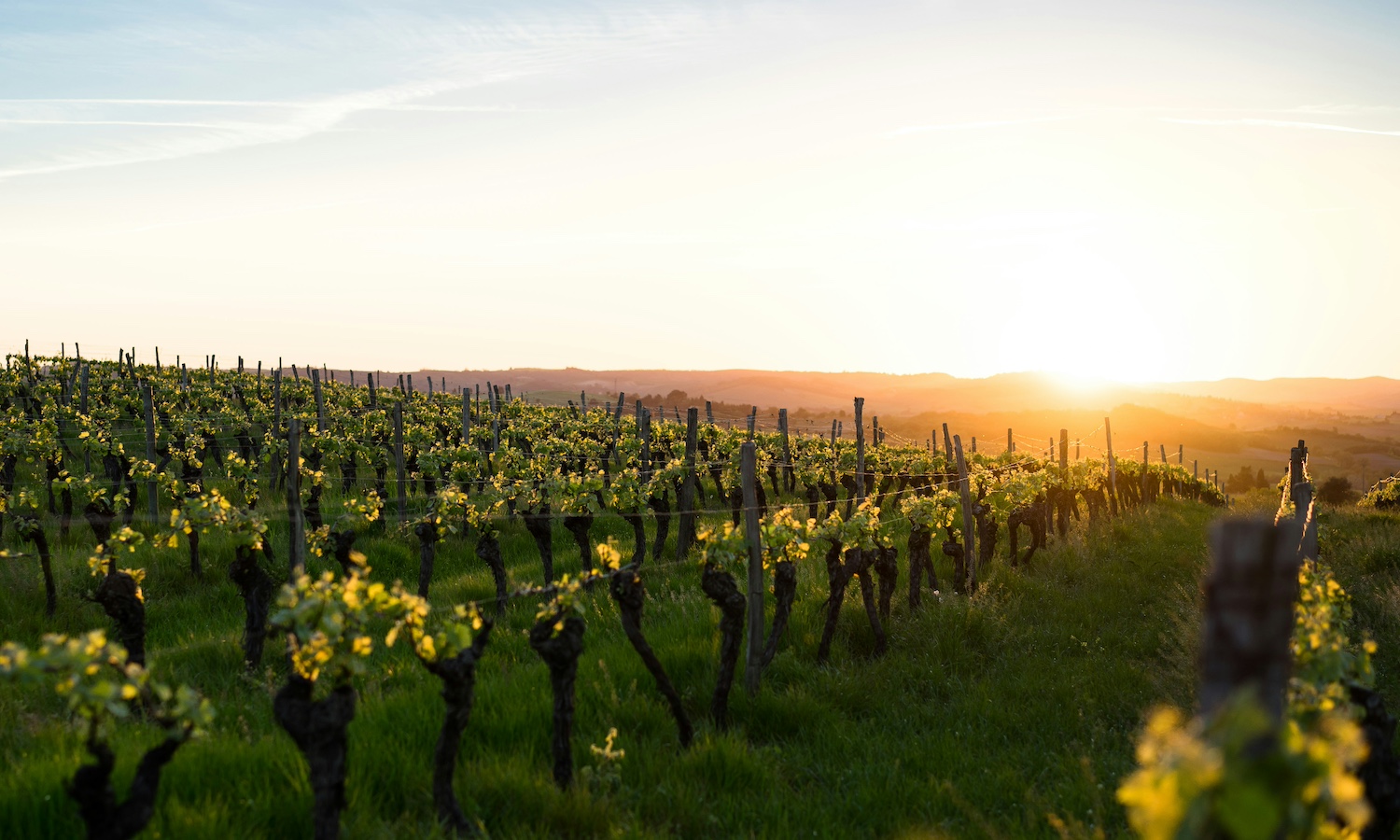El Valle de Guadalupe, one of Mexico’s most prolific wine and agricultural regions, has recently come under threat due to increasing urbanization and economic development in the area. In response, winemakers, chefs, and community members launched Rescatemos El Valle, a campaign to preserve the valley.
El Valle de Guadalupe is an area of Ensenada Municipality in Baja California, Mexico. The region contributes to more than three quarters of the country’s total wine production, according to a paper in Wine Economics and Policy. And wine-related tourism brings in US$180 million of annual revenue to Baja California.
Between 2014 and 2019, 18 percent of the agricultural and wine region in El Valle de Guadalupe was lost to urban development, members of Rescatemos El Valle report. The land has been subdivided and sold for the construction of private homes, businesses, and concert venues. The Municipal Institute for Research and Planning (IMIP) of Ensenada expects that less than half of the 5,445 arable hectares that existed in 2017 will remain by 2027. And if urbanization is not halted, IMIP predicts the region will cease to be known as “wine country” by 2037.
In a virtual press conference, members of Rescatemos El Valle–including President of Baja California State Council of Vine Producers Fernando Pérez Castro and winemaker Natalia Badan–emphasized the impacts of deforestation on the land. “In general terms, the uncontrolled growth of human settlements is identified as the main cause of the problem in Valle de Guadalupe,” a Spokesperson said, “which results in direct effects on water, soil agriculture, the community, and the landscape.”
In 2010, a Sectoral Program for Urban-Tourism Development of the Wine Valleys (PSDUT) was created to conserve 95 percent agricultural land for the next 30 years. But officials considered the plan a failure and replaced it with an updated version which reduced the declared area of conservation.
Rescatemos El Valle, howerever, wants more regulation. They are calling for the creation of federal agencies to protect the agricultural and biocultural heritage of the land. The campaign also proposes the naming of El Valle de Guadalupe as a “zone of natural and cultural beauty.”
“The campaign was to emphasize the importance of agricultural land use,” Ileana Espejel, campaign member and Professor of Ecosystems Management at Universidad Autonoma de Baja California, tells Food Tank. “Only 9 percent of the soil of Baja California is suitable for agriculture. We cannot yield an inch of this valuable land, even if its use is to produce alcoholic beverages. These beverages greatly increased the state’s income and put Ensenada on the world map.”
Espejel and her team have prepared regional plans to order land use laws in El Valle de Guadalupe since the 1990s. Espejel says she sees the valley as a “transdisciplinary laboratory” where different members of the community, with varying backgrounds and expertise, unite to advocate for the land.
Espejel says the campaign has helped restrict concerts in the valley, end illegal constructions, and support a project to update the aquifer data and build green infrastructure this summer.
Members of Rescatemos El Valle hope that the concrete and immediate actions to protect this national heritage will be used as an example to save other agricultural areas in the country.
“Cities can be built in so many other places,” Espejel tells Food Tank, “but losing fertile soil is unforgivable.”
Articles like the one you just read are made possible through the generosity of Food Tank members. Can we please count on you to be part of our growing movement? Become a member today by clicking here.
Photo courtesy of Boudewijn Boer, Wikimedia Commons













